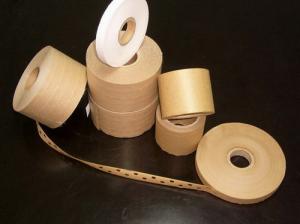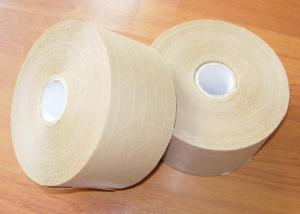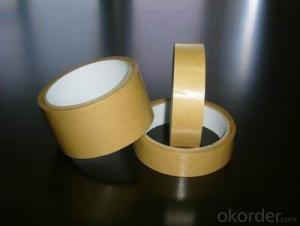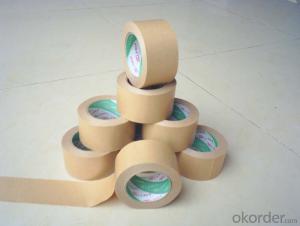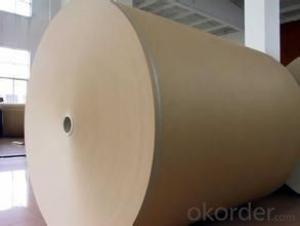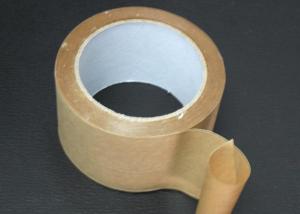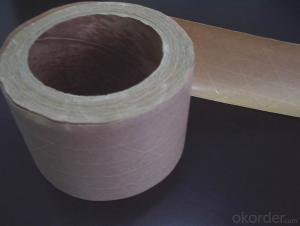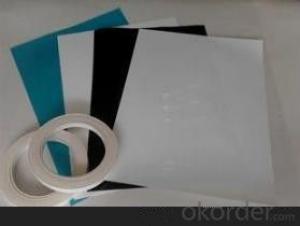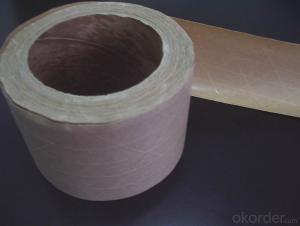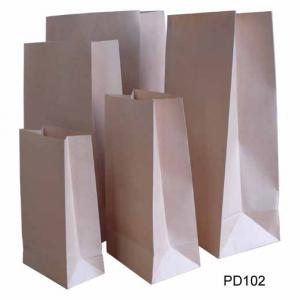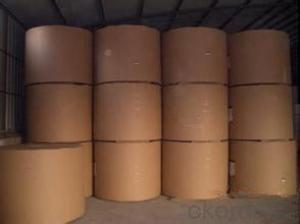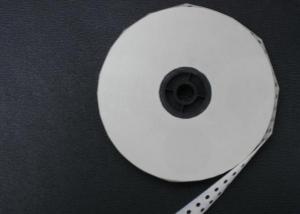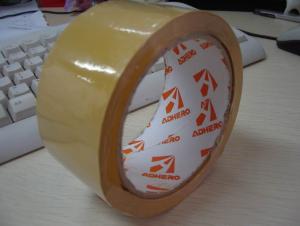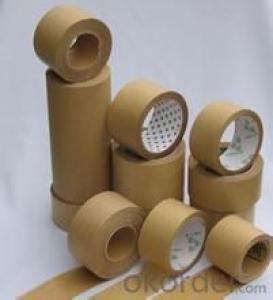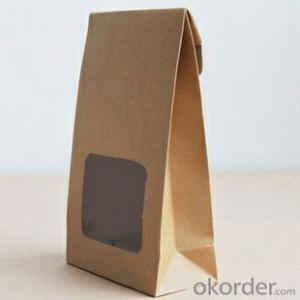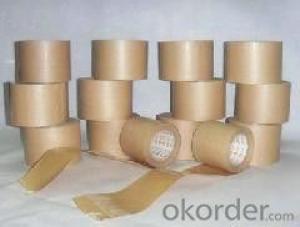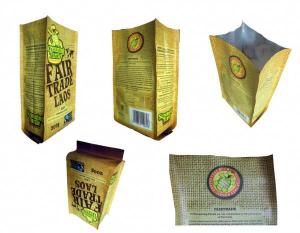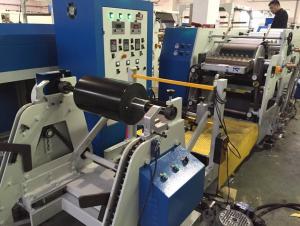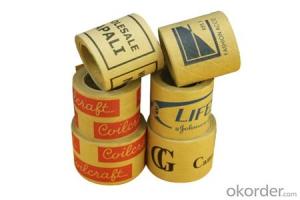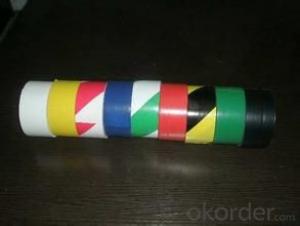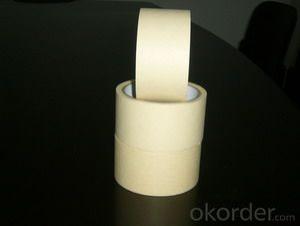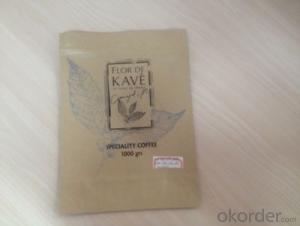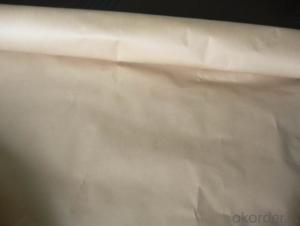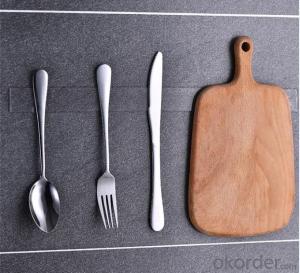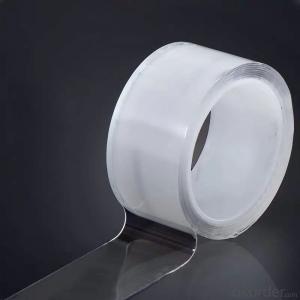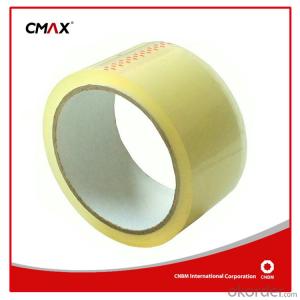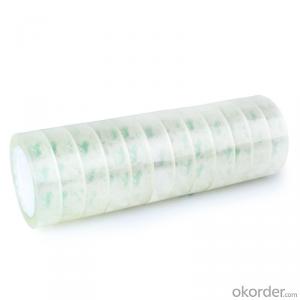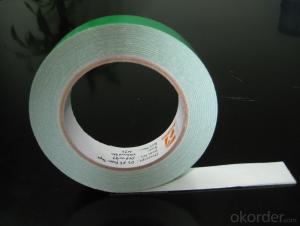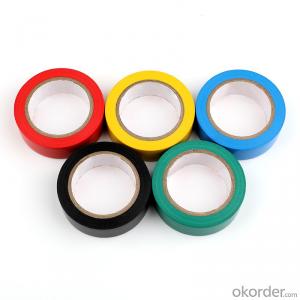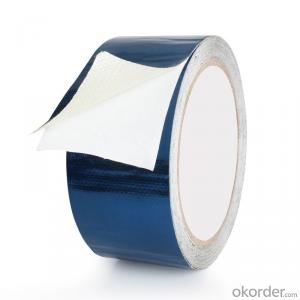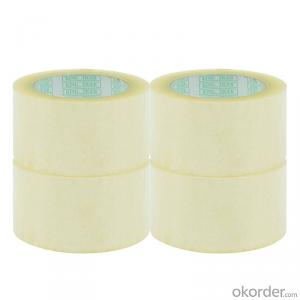Kraft Packaging Tape
Kraft Packaging Tape Related Searches
Packaging Tape Heavy Duty Packaging Tape Package Sealing Tape Packaging Tape Art Transparent Packing Tape Opp Packaging Tape Heavy Duty Shipping Tape Printed Box Tape Brown Paper Packing Tape Nylon Packing Tape Automotive Masking Tape Heavy Duty Mounting Tape Personalised Packing Tape Shipping Tape Protective Film Tape Reinforced Aluminum Tape Industrial Strength Double Sided Tape Aluminum Tape Aluminium Tape Tape Dispenser For Packing Tape Metal Corner Tape Clear Packaging Tubes Best Place To Buy Packing Tape Tape Aluminium Bopp Bag Sealing Tape Industrial Adhesive Tape Pressure Sensitive Adhesive Tapes Reinforced Foil Tape Best Shipping Tape Double Sided Carbon TapeKraft Packaging Tape Supplier & Manufacturer from China
Kraft Packaging Tape is a type of adhesive tape made from kraft paper, which is known for its durability and strength. It is widely used for various packaging applications, including sealing boxes, reinforcing packages, and bundling items together. This tape is particularly popular in the shipping and logistics industry due to its ability to hold up well under different environmental conditions and its resistance to tearing.Kraft Packaging Tape is utilized in a variety of settings, from warehouses and distribution centers to retail stores and even in everyday household use. Its versatility makes it an essential item for businesses and individuals alike. Whether it's for securing packages during transit, reinforcing boxes to prevent damage, or simply organizing items at home, Kraft Packaging Tape is a reliable and efficient solution.
Okorder.com is a leading wholesale supplier of Kraft Packaging Tape, offering a vast inventory to meet the diverse needs of customers. With a commitment to quality and customer satisfaction, Okorder.com ensures that the products they provide are of the highest standard, making them a trusted source for Kraft Packaging Tape and other packaging materials.
Hot Products
